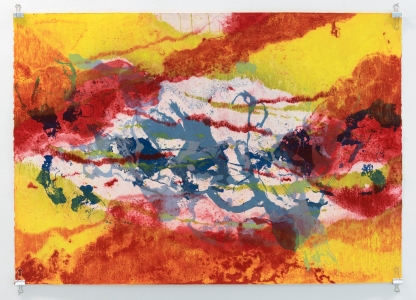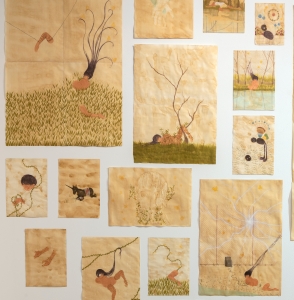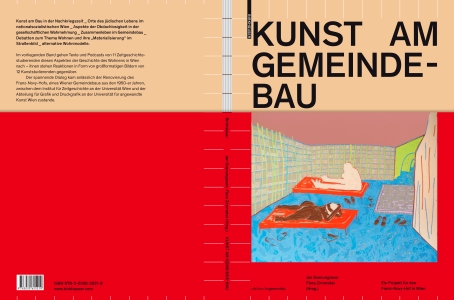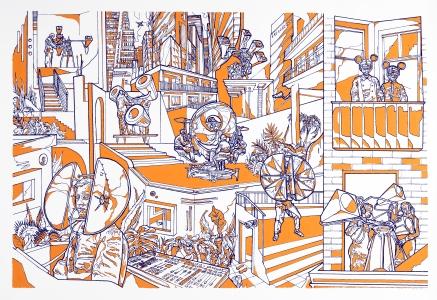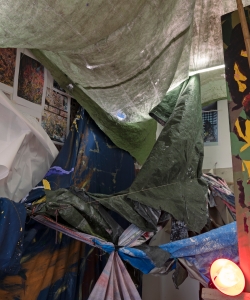Head of Department:
Univ.-Prof. Jan Svenungsson
Drawing is the foundation of the visual arts. It is the
beginning of all visualisation and the most immediate form of art making. A vast field of expressive possibilities extends
from the starting point of Graphics/Drawing.
Regardless of the form in which the work is realized, drawing can
be understood as an interface: between thinking and making; between observation and representation; between idea and image.
Drawing functions as a tool for gaining tactile knowledge - or to implement it.
Parallel to the irreplaceable immediacy
of the tool drawing, the different artistic printmaking techniques offer a whole range of process oriented and media related
opportunities for the visual artist. A wide range of printing techniques is taught in the department: traditional analog methods
as well as reprographics and the latest digital possibilities.
Engaging with traditional printing techniques offer
artists a precise analytical tool for advance planning and analysing of images, in a practical as well as in an intellectual
sense: boundaries are necessary conditions for freedom and transgression. Meanwhile, the fast and flexible digital development
provides boundlessness as a principle.
Working with analog printmaking techniques and drawing encourage a particular
kind of tactile intelligence, which can be utmost valuable for artists as an alternative to, and/or in conjunction with the
rapid development of digital imaging media.
It is no longer possible to consider a technique as an end in itself.
Every artist has to address questions of content, of subject matter. The substance of art is created in a non-translatable,
dialogic process between the intention of the artist, the tools used and the public experiencing the work. In today's art,
no hierarchy of genres exist. It has been replaced by a hierarchy of attention.




